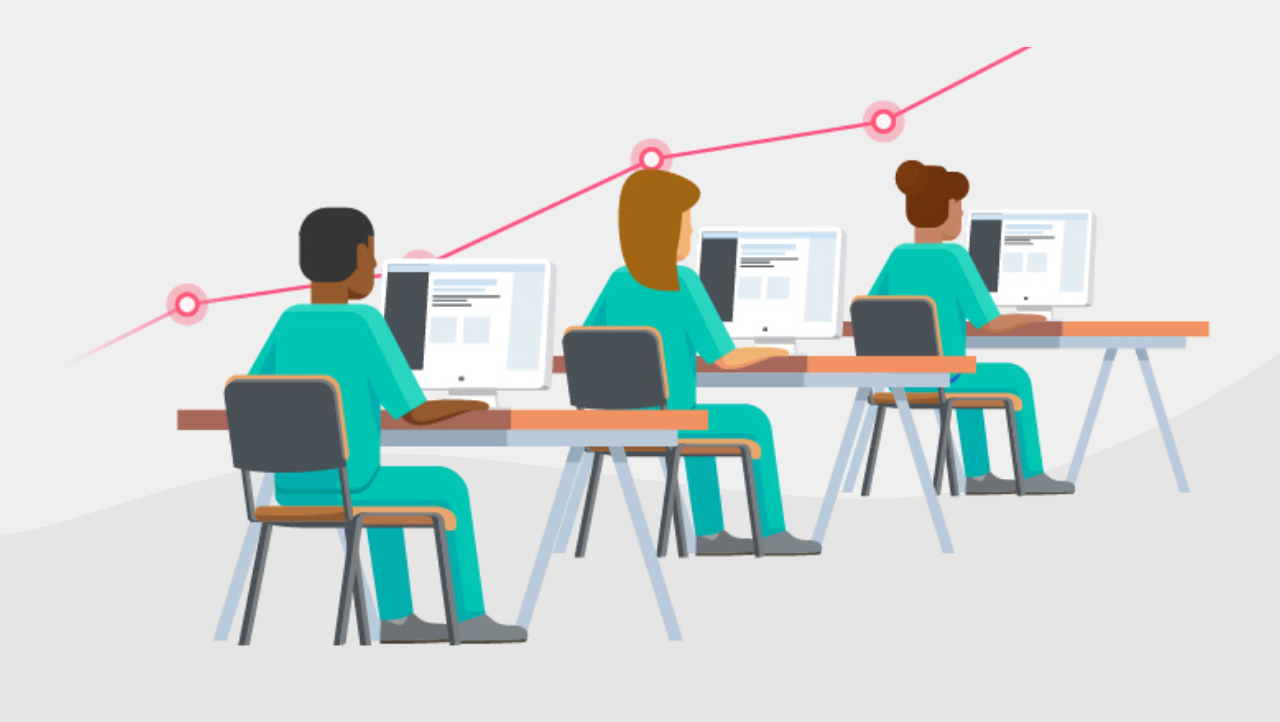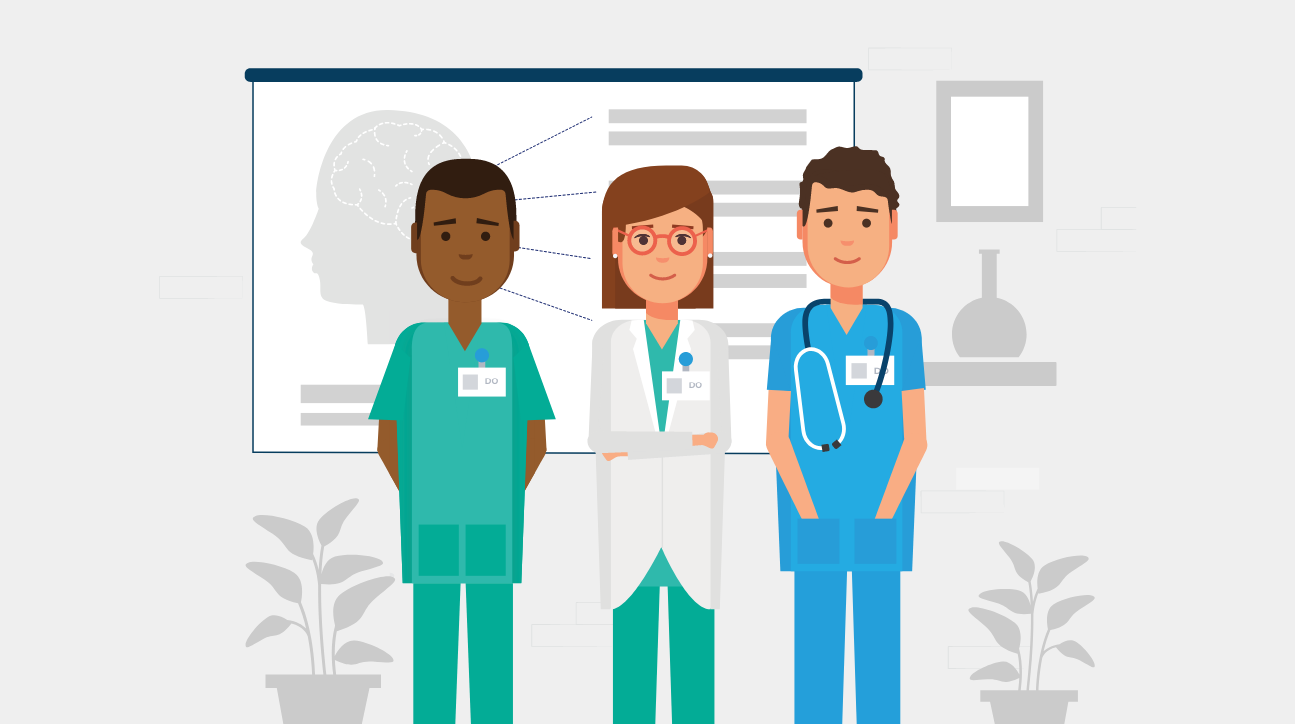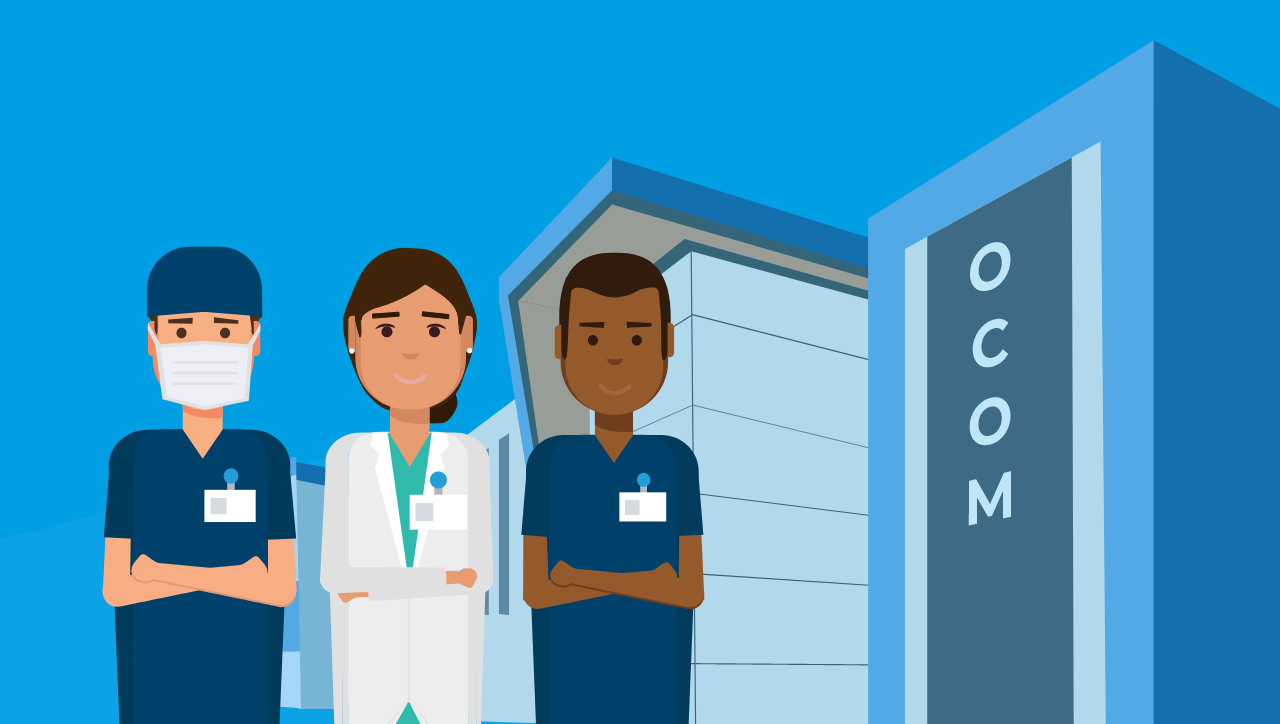How Osteopathic Medical Educators Can Encourage Self-Reflection to Enhance Students’ Critical Thinking Skills
To achieve success academically, on exams, and in future practice, it is imperative for osteopathic medical students to develop strong higher-order thinking capabilities such as critical thinking and clinical judgment.
One skill they can leverage on is self-reflection, a key competency in medical practice that involves thinking and reflecting on what has been learned. Self-reflection fosters critical thinking by encouraging students to be more alert, interested, aware, and ready to identify and correct errors as they evaluate their experiences, leading to improved clinical skills. It also strengthens their problem-solving abilities and promotes self-regulated learning, ensuring that students progress into lifelong learners.
For more ways to help your students develop their self-reflection, download our Educator Guide: How Educators Can Foster Self-Reflection in Healthcare Learning—and Empower Learners to Become Successful Practitioners
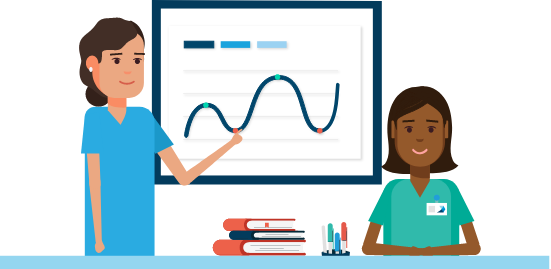
There are 4 types of self-reflection that medical educators can foster among students:
| Type of Reflection | Description |
|---|---|
| Reflective in Action (RiA) | Considering prior beliefs, thoughts, and feelings of both the individual and the patient during interactions that can influence the interaction |
| Reflective on Action (RoA) | Reflecting on the interaction with the patient, focusing on what was said and done. |
| Reflective with Others (RO) | Gaining new awareness, perspectives, and insights by examining interaction and performance processes with their peers. |
| Self–Appraisal (SA) | Thinking about strengths and weaknesses when working with patients, improving abilities, and critically evaluating strategies and techniques used in patient interactions. |
A Study on Self-Reflection and Critical Thinking
How does reflective practices actually lead to critical thinking? One cross-sectional descriptive study2 on 240 medical intern students explored the relationship between the two skills and here are the key findings.
Self-Reflection Capacity and Critical Thinking
The study found that students with higher self-reflection tended to exhibit stronger critical thinking disposition, with a moderate positive correlation of 0.53. Additionally, self-reflection accounts for 28% of the differences in critical thinking disposition, indicating a strong impact. These findings are statistically significant, affirming that enhancing self-reflection can improve critical thinking, and underscores the importance of incorporating self-reflection into medical education to foster better clinical judgment and decision-making skills.
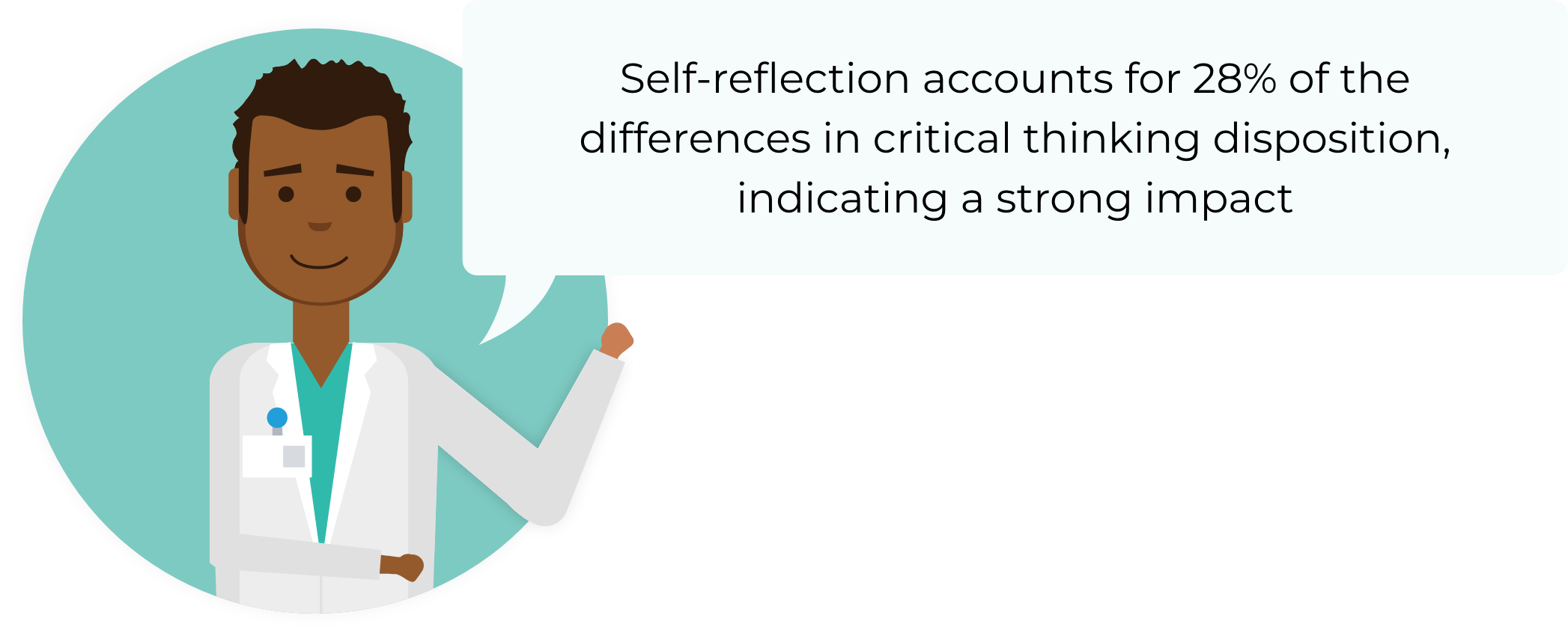
The Impact of Self-Reflection on Critical Thinking
Self-reflection capacity enhances critical thinking by encouraging students to evaluate their experiences, make informed decisions, and develop deeper learning. It promotes self-awareness and clinical insight—both essential for providing high-quality patient care. Additionally, self-reflection aids in stress management, teamwork, empathy, and ethical decision-making.
What Does This Mean for Medical Education?
The findings from this study have important implications for osteopathic medical programs aiming to boost students’ critical thinking capacity. Educators play an important role in driving this objective as self-reflection has been shown to be a teachable skill. This can be achieved by creating learning environments that facilitate self-reflection and utilizing valid, structured methods during clinical to strengthen students’ capacity for reflective practice.
For continuous personal and professional development, self-reflection can be integrated into the curriculum to train students to identify their knowledge gaps and areas for growth, leading to sustained improvements in clinical skills and professional behavior. Ultimately, self-reflection equips medical students to become lifelong learners, benefiting their long-term development and future success.
Programs and faculty can drive this goal by pairing learning science-based resources such as COMBANK, powered by TrueLearn—integrated with 2,000+ Picmonic audio-visual mnemonic video lessons and powered by a robust data analytics engine—with self-reflection practices to:
- Get immediate, real-time feedback on performance and comprehension
- Interact meaningfully with the content (active learning), improve long-term retention and ease of recall
- Identify learning strengths and weaknesses, pinpoint areas for improvement
- Track and measure learning progress and exam readiness longitudinally
- Adjust/tailor teaching/study methods for the most effective, efficient learning
Learn more about a partnership with COMBANK, powered by TrueLearn, and Picmonic here.
Help your students achieve optimal exam performance and outcomes, read and share this blog with them, and encourage them to utilize our free Post-Assessment Self-Reflection Questionnaire!
References & Footnotes
1 Mann K, Gordon J, MacLeod A. Reflection and reflective practice in health professions education: a systematic review. Adv Health Sci Educ Theory Pract. 2009;14(4):595-621. doi:10.1007/s10459-007-9090-2.
2 Khoshgoftar Z, Barkhordari-Sharifabad M. Medical students’ reflective capacity and its role in their critical thinking disposition. BMC Med Educ. 2023;23(1).
doi:10.1186/s12909-023-04163-x
*The USMLE® and National Board of Medical Examiners® (NBME®) subject exams are trademarks of the National Board of Medical Examiners. This email is not endorsed or approved by NBME.
